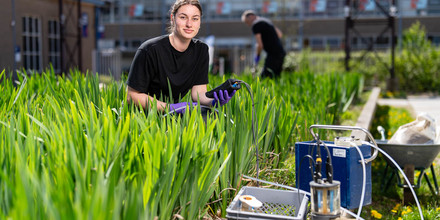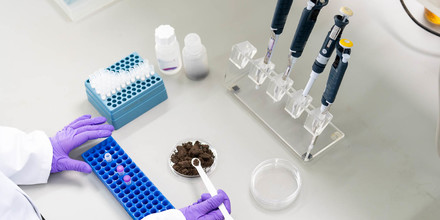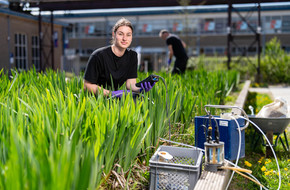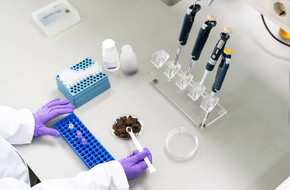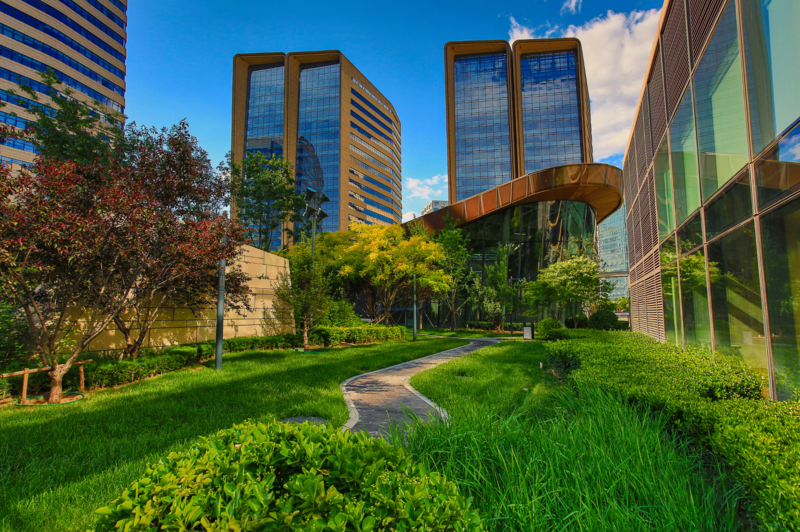Urban or industrial microbiome: understanding soil resilience
Soil in urban and industrial areas contains a complex community of micro-organisms such as bacteria, archaea and fungi. We call this the microbiome. The microbiome of these areas is very unique and, when given the opportunity, shows surprising adaptability to often difficult conditions.
Bioclear earth: pioneers in soil microbiome research
In order to gain a more in-depth understanding of the complexities inherent in the urban soil microbiome, Bioclear earth employs state-of-the-art DNA technology. Utilising Next Generation Sequencing data and its subsequent interpretation, we are able to provide detailed insights into the impact of urban development and industrial activities on soil health and resilience. Moreover, these insights are then used to provide expert advice on sustainable management practices and monitoring.


